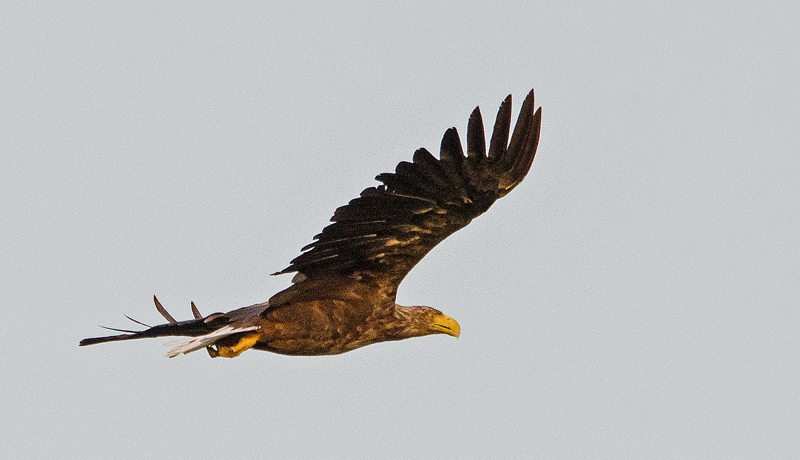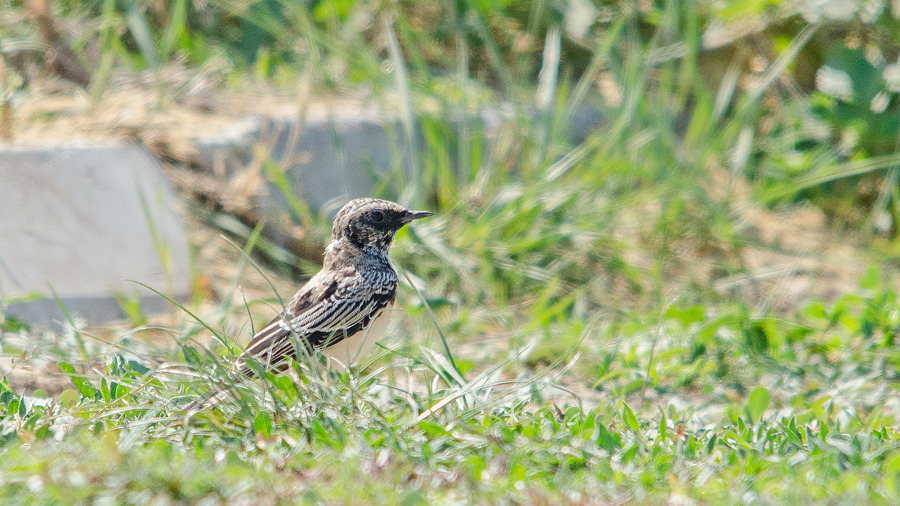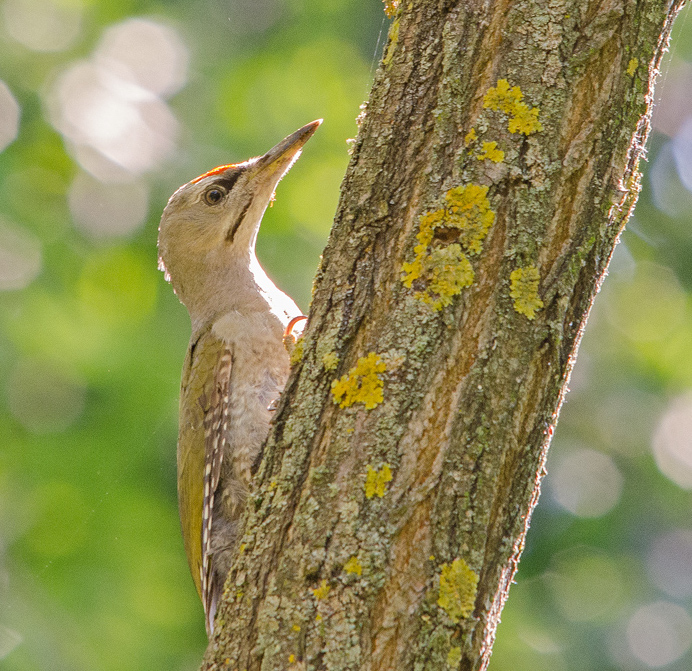Over the last ten years birding has really taken off in Bulgaria, but this is not really surprising when one considers the species that can be seen in this birding paradise. There are over 200 Dalmatian pelicans in the colony at the Srebarna UNESCO reserve, which is the biggest European colony, Red-footed Falcons (over 500 pairs); over 20 pairs of Eastern Imperial eagles, over 800 pairs of Pygmy cormorant, over 100 pairs of Ferruginous duck, and more than 50 pairs of Ruddy shell duck.

The country is dotted with fishpond systems and many small and bigger rivers, where Savis Warbler, and Penduline Tit are common, and herons and egrets easily seen.
The chain of the Central Balkan National Park, Pirin and Vitosha mountains National Parks, Rila mountain with many mountain reserves, Rhodope mountain and in the far South east Strandza mountain National Park and the local reserves, with their perfect woods and huge cliffs give great opportunities for raptors. These include Eastern Imperial, Golden, Booted, Short-toed, and Lesser spotted eagles, and Saker. The lower parts of the mountains and the whole of the rest of the country is good for Long legged buzzard, Levant Sparrow hawk, Red footed falcon, Montegue’s harrier, Honey Buzzard, Egyptian, Black and Griffon vultures, White-tailed eagle, and Black and White stork.

Bulgaria is also the best place in the World for seeing Wallcreeper, the biggest European populations of Sombre Tit, Masked and Lesser Grey Shrikes, Short-toed Treecreeper, Olive-tree and Paddyfield Warblers, Spanish Sparrow, Semi-collared flycatcher, Black-headed & Rock Buntings, Black-headed Yellow Wagtail, Golden Oriole, Roller, Bee-eater, Hoopoe, Rose-coloured Starling, Rock Partridge, Pied, Isabelline and Eastern Black-eared Wheatears, Corncrake, Syrian Woodpecker, Calandra and Short-toed Larks.

Many rare European species, like Pallid swift, Little and spotted crakes, Stone-curlew, Collared and Black-winged pratincoles, Gull-billed and Caspian terns, White pelicans, Eagle owl, Ural owl, Scops owl, Pygmy and Tegmalm’s owls, Shore lark, Rock and Blue rock thrush, Sub-alpine, Barred, Sardinian and Orphean warblers, Nutcracker, Rock sparrow, and Dotterel are relatively easy to find. In almost every wood and the open area there are Black, Green, Grey-headed, Middle-spotted, Great-spotted, and Lesser-spotted woodpeckers. High in the mountain are three-toed woodpecker. There is a good chance of the rare White-backed woodpecker, as well as Syrian woodpecker and Wryneck in the open areas.

 Pied Wheatear Oenanthe pleschanka © Birding Ecotours
Pied Wheatear Oenanthe pleschanka © Birding EcotoursThe best time to visit is spring, with, on average, 220-230 species, including many rarities but birding in autumn is also good, especially for large raptor migration, Pelicans, and shorebirds. There are huge number of birds every autumn with Honey Buzzards (6000+); Levant sparrow hawk (100+); Common buzzards (20,000+); Booted eagle (100); Lesser spotted eagles (10,000+); Short-toed eagles (400+); Pallid harriers (15); Hobbies (70+); Red footed falcons (1000+); White storks (over 130,000); Black stork (3000+); White pelicans (20,000+); Dalmatian pelicans, and many other rare and interesting birds such as thousands of wagtails, swallows, pipits, and larks etc
Bulgaria is one of the best European countries for birding in winter, as it holds thousands of Red-breasted and White fronted geese, a very good chance of lesser white-fronted geese and rare European ducks. In the last few years there have been very good numbers of White headed duck (over 300); Smew, Dalmatian pelican, Great white Egret, Whooper and Bewick’s swans, Rough-legged and Long legged buzzards.
Bulgarian landscape is very variable. The plains and marshes of the Danube and Maritsa rivers and Black sea coast give a great possibility of getting all the European herons, as well as Spoonbills and Glossy Ibis, Little Bittern breed. Even the forest in the centre of Sofia – the Bulgarian capital, gives perfect opportunities for birding, and Vitosha mountain national park is just a few minutes by car from Sofia. The dozens of reserves in the country and also many unprotected areas with their variety of landscape, birds, plants insects etc, in a small country such as Bulgaria, mark it out as a leading European country for birding.

The climate is typically continental in Northern Bulgaria and Dobrudza region, which means warm summers and cold winters. Along the black sea coast the winter is not so severe and the summer is not so hot. In the high mountains the climate is typical with long and cold winter and shorter spring and summer. Along the southern border with Turkey and Greece the Mediterranean influence is tactile. One of the most important sources of foreign income in Bulgaria is tourism and so most of the country is geared up to receiving and looking after visitors and that includes birders. Food, and drinks are cheap and accommodation is very reasonable. Yet, many regions of Bulgaria are still rather under developed with farmland that still hosts good numbers of birds.
Major Source: Fatbirder
Map Source: Wiki Commons
Photo Source: ©
